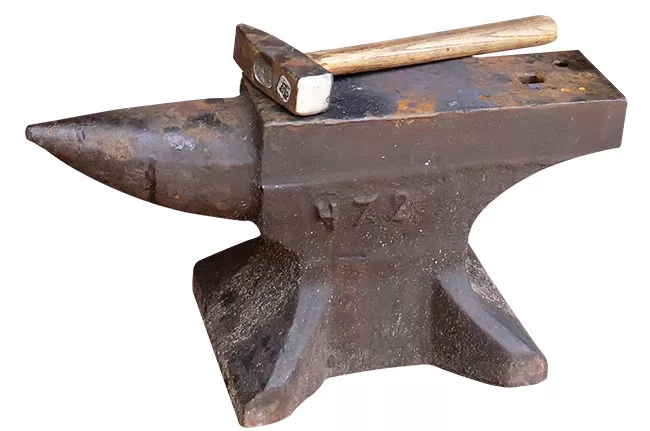American Farriers Journal
American Farriers Journal is the “hands-on” magazine for professional farriers, equine veterinarians and horse care product and service buyers.

What’s the best way for farriers to avoid tool damage? “Don’t use them,” Bob Schantz jokingly told those gathered for his presentation on tool care and maintenance and maintenance at the 2010 International Hoof-Care Summit. The Foristell, Mo., farrier says that if you are going to use tools, it only takes a small amount of time to extend the usability of your tools.
To begin, Schantz categorizes horseshoeing tools differently from the common classification of floor and forge tools. Instead, he separates them into two other categories: those that require a normal amount of maintenance and those that require a higher amount of maintenance.
In normal maintenance tools, Schantz places riveted tools (nippers, clinchers, pulloffs), rasps and tongs.
“These things don’t need a lot of attention when we’re using them,” says the Farrier Product Distribution clinician. “If we use them properly and give them a little bit of care, they will last a long while.”
Higher maintenance tools include hoof knives and those battered by the hammer (pritchels, creasers, forepunches).

Bob Schantz, owner of Spanish Lake Blacksmith Shop in Foristell, Mo., told attendees of his 2010 IHCS lecture on tool care that if your fire tongs are too weak in the toe or heel, you need to heat and adjust them so they will better fit the piece you are working with. Never quench tongs at a high temperature, but let them cool at room temperature.
Schantz says before you start any repairs, ready your equipment…